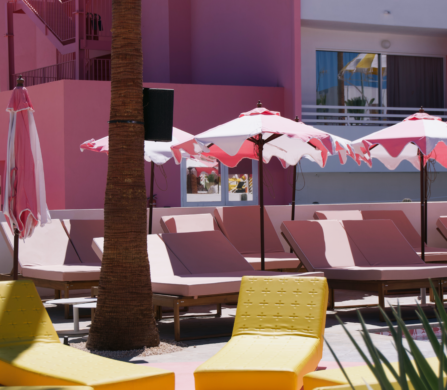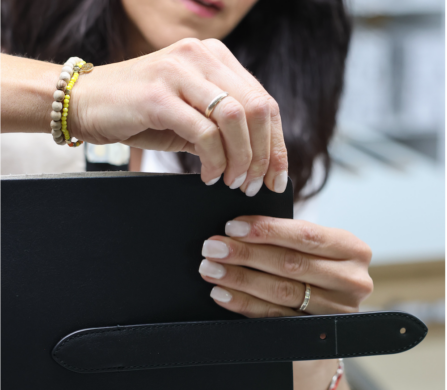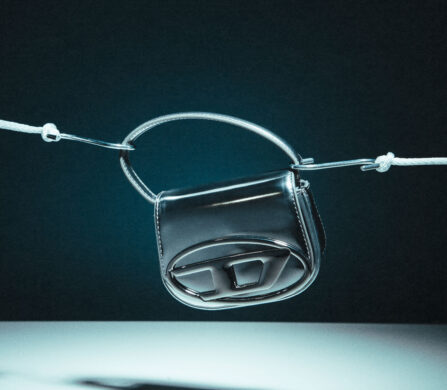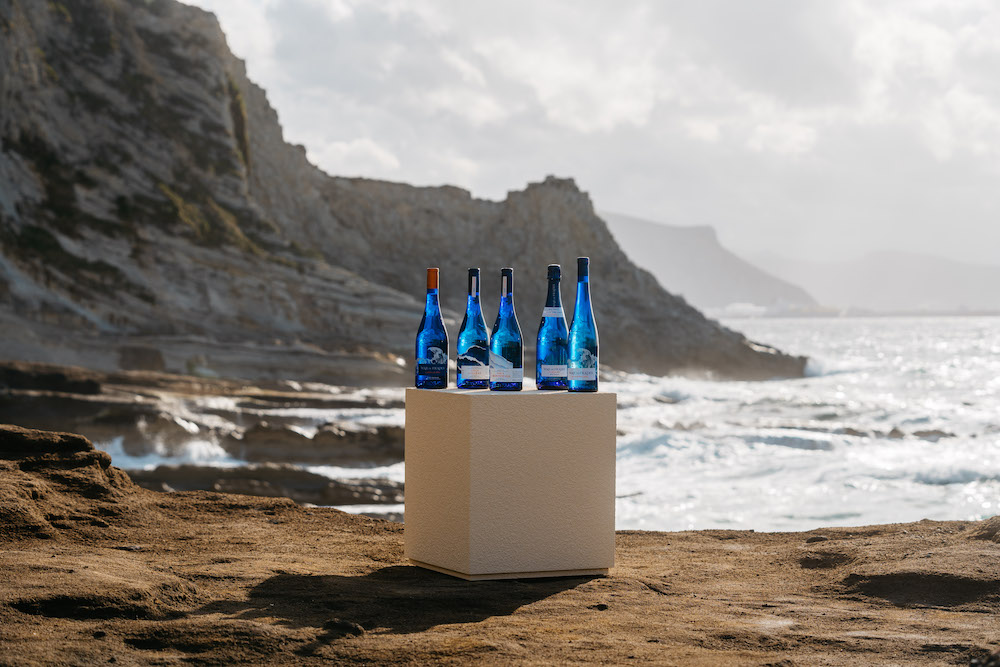
Football and flamenco, Las Ramblas and Rioja, sangria and sizzling temperatures – these are just some of the things that spring to mind when one thinks about Spain. However, head Northwest and, just above Portugal, you’ll find a less discovered gem: Galicia. Flanked by the Atlantic Ocean and the Calabrian Sea, the region, with its wild Atlantic beauty and lush greenery, is also well worth visiting for its delicious cuisine and distinctive wines.
Perhaps the most typical of these is Albariño, from Rías Baixas, which is quite unlike anything you’ll find elsewhere in Spain. In fact, it’s probably most similar to Portugal’s Vinho Verde. White varieties do best in Galicia’s rainy and cooler, but still sunny, coastal climate. Albariño, a native grape, has evolved to cope perfectly with the conditions; so well, in fact, that it tastes like summer and the seaside in a glass.
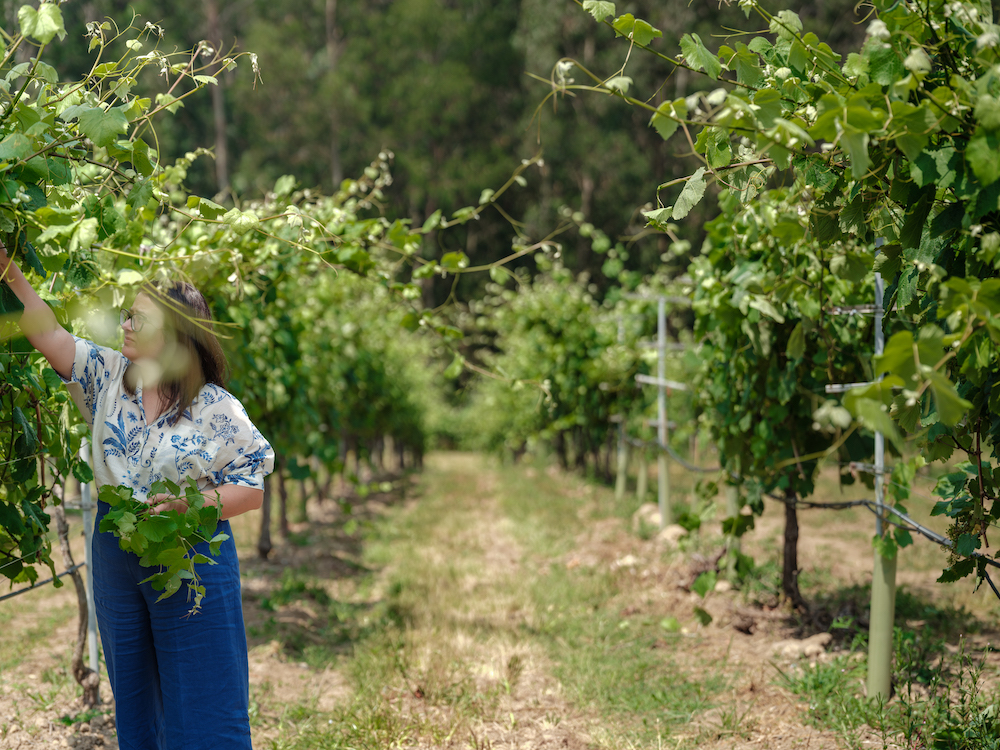 This is a complex wine: crisp and refreshing with a dry finish, it has a noticeable minerality and salinity. But it’s also aromatic, bursting with flavours such as peach, melon and honeysuckle, punctuated with the slight bitterness of raw almonds and citrus zest. It’s the perfect pairing for the seafood that Galicia is renowned for.
This is a complex wine: crisp and refreshing with a dry finish, it has a noticeable minerality and salinity. But it’s also aromatic, bursting with flavours such as peach, melon and honeysuckle, punctuated with the slight bitterness of raw almonds and citrus zest. It’s the perfect pairing for the seafood that Galicia is renowned for.
One of the leading producers of Albariño is Mar de Frades. At its core is the ethos ‘vive en azul’, or ‘live life in blue’, and the mission to produce wines that capture the authentic essence of the Atlantic lifestyle. But this is a modern take on an ancient tradition of winemaking. The striking cobalt bottles mirror the deep hues of the ocean, and the cutting-edge winery at Finca Valiñas resembles a space age version of an old sailing ship made from glass and granite (the latter being characteristic of the local soil that is integral to the personality of these wines).
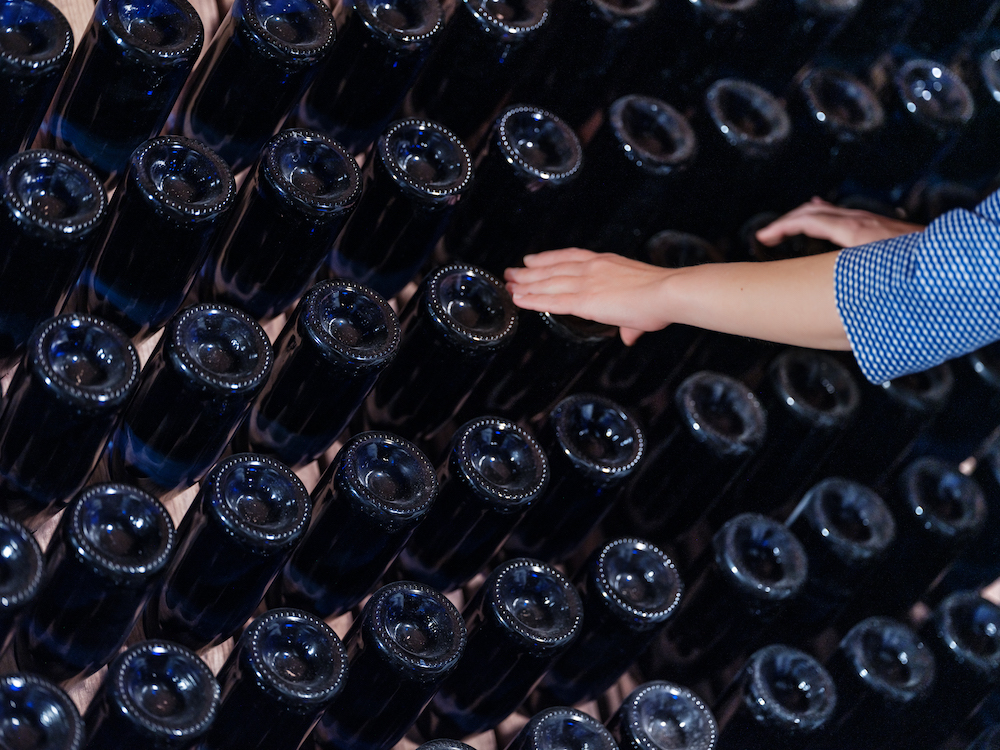
Viticulture was introduced to Galicia by the Romans and some of the oldest living vines in the world are Albariño varieties. It was then continued by 12th Century monks (Mar de Frades itself translates as ‘Sea of Friars’). However, in the mid-20th century, this tradition began to wane due to mass migration of harvest workers to urban areas, whilst others went on to establish vineyards in Portugal’s Duoro Valley or in South America. Combined with competition from other Spanish regions and a lack of investment and modernisation, this led to a decline in the quality and reputation of Galicia’s wines.
Things began to pick up in the 1980s, when Spain joined the European Union. The creation of the Denomination of Origin Rías Baixas introduced criteria to ensure quality, new technologies and training were encouraged and native grape varieties reintroduced. Before this, Albariño was mixed to make blended wines, but a newfound appreciation of its complexity led to its resurgence. It’s now one of the most loved Spanish whites.
Mar de Frades, which was established in 1986 in Val do Salnés, has played a significant role in this renaissance, promoting the unique essence of Rías Baixas wines – both locally and internationally – and helping to introduce wine tourism to the region. It continues to innovate with Paula Fandiño – recognised as amongst the most influential winemakers in Spain – at its helm.
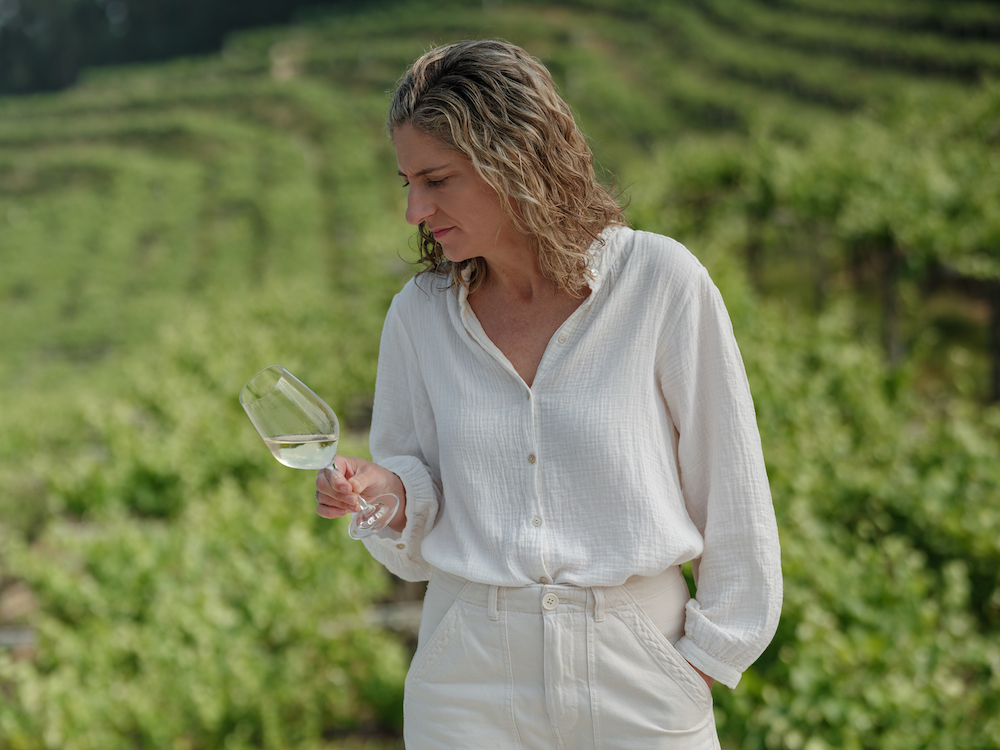
Paula Fandiño
For example, Albariño is typically matured in stainless steel and drunk young, but Mar de Frades is experimenting with its potential for ageing using oak barrels, to create more structure and creaminess. Sustainability is also very high on the agenda. Due to the wet climate, vines here are traditionally grown horizontally on raised pergolas, but there is still a risk of mildew, making it difficult to completely avoid treatment of the crops. However, Mar de Frades uses weather stations, so that this is only done when strictly necessary, and bug hotels to lure insects away from the grapes. Instead of weeding the ground between the vines, grasses and wildflowers are allowed to run rampant, encouraging biodiversity and helping to maintain natural soil composition.
Mar de Frades’ largest vineyard is Pazo do Monte. The grounds had been left to rack and ruin for many decades, but the winery is restoring these for future generations. Here, numerous initiatives are underway to protect a wide variety of flora and fauna, produce natural fertilisers and composts and introduce intelligent irrigation systems. Eventually, Mar de Frades hopes to restore the historic but abandoned 15th Century stately home that stands in these grounds. Watch this space.
Where to stay
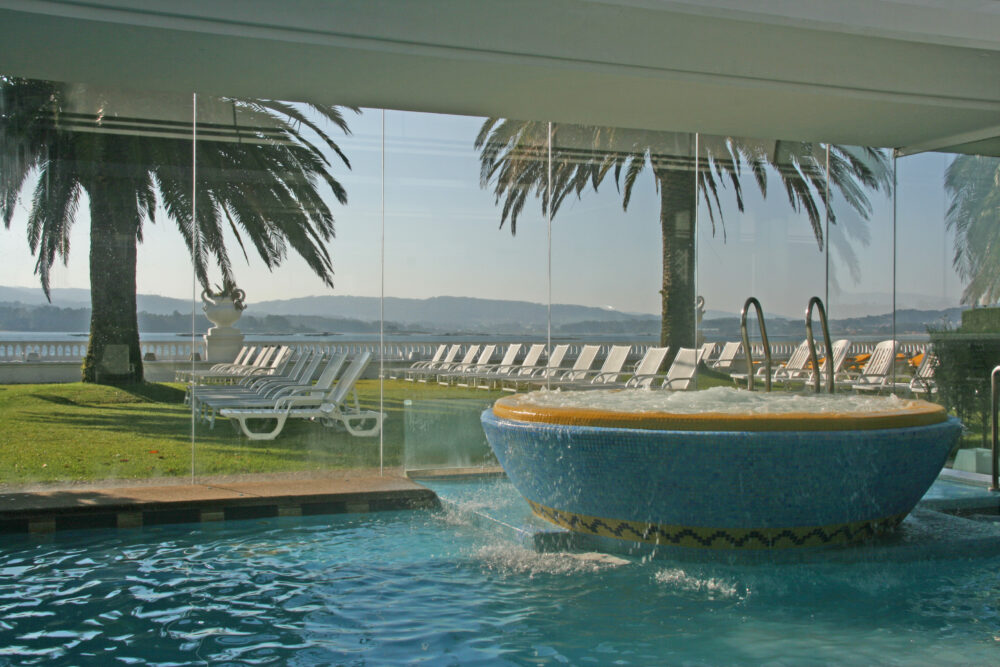
Gran Hotel La Toja
Bask in the Belle Époque elegance of the Eurostars Gran Hotel La Toja, which first opened its doors in 1907, and has hosted the likes of Henry Kissinger and Gabriel García Márquez, as well as royalty and a couple of Rockefellers! Situated on the tiny Isla de la Toja (also known as Illa da Toxa), in lush gardens with towering palm trees, the impressive white stucco building is punctuated with awnings in sunshine yellow.
It’s also the only hotel in Galicia to offer a 5* wellness centre with indoor pool, Turkish bath, Finnish sauna and various hydrotherapy and balneotherapy treatments on offer, using seawater and the local thermal spring waters. The real draw for us though is the gorgeous heated outdoor pool with sea views.
What to eat
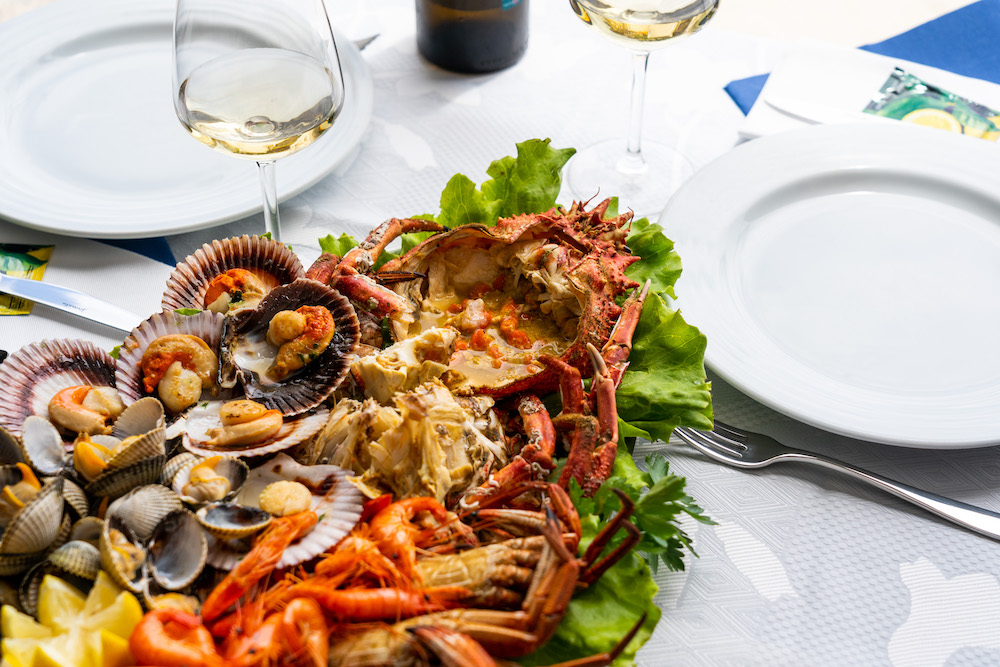
Cross the 19th Century bridge from Isla de la Toja to the town of O Grove, which is famous for its seafood restaurants. Here you can feast on lobster, octopus, spider and king crab, and all manner of shellfish, including oysters, scallops and razor clams, washed down of course with a glass (or several) of Albariño.
If seafood isn’t your thing, the freshness of Albariño also pairs well with lighter meats and soft or semi-hard cheeses (try the many delicious local varieties), salsa verde, green salads and grilled padrón peppers. Or enjoy it on its own as an aperitif and don’t forget to sample the sparkling varieties.
What to do
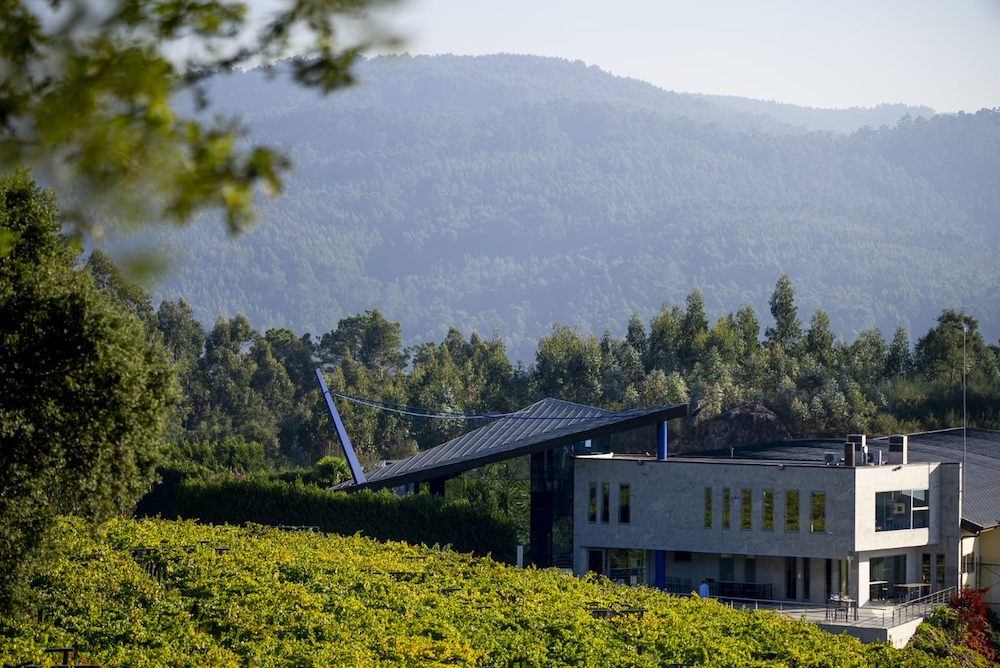
Finca Valiñas
At Finca Valiñas, Mar de Frades offers affordable vineyard tours, experiences and tastings – with or without gastronomical pairings – including some with unreleased wines. If weather permits, bask on the terrace overlooking impressive views of the vineyards and the inlets of the Ría de Arousa. Book here.
Once used as grazing land by the inhabitants of O Grove, Isla de la Toja became famous after the 19thcentury re-discovery of ancient thermal springs, which lead to a tradition of soap and cosmetics production using salt and mineral extracts. You can still visit the old soap factory today, which is now a museum and a shop.
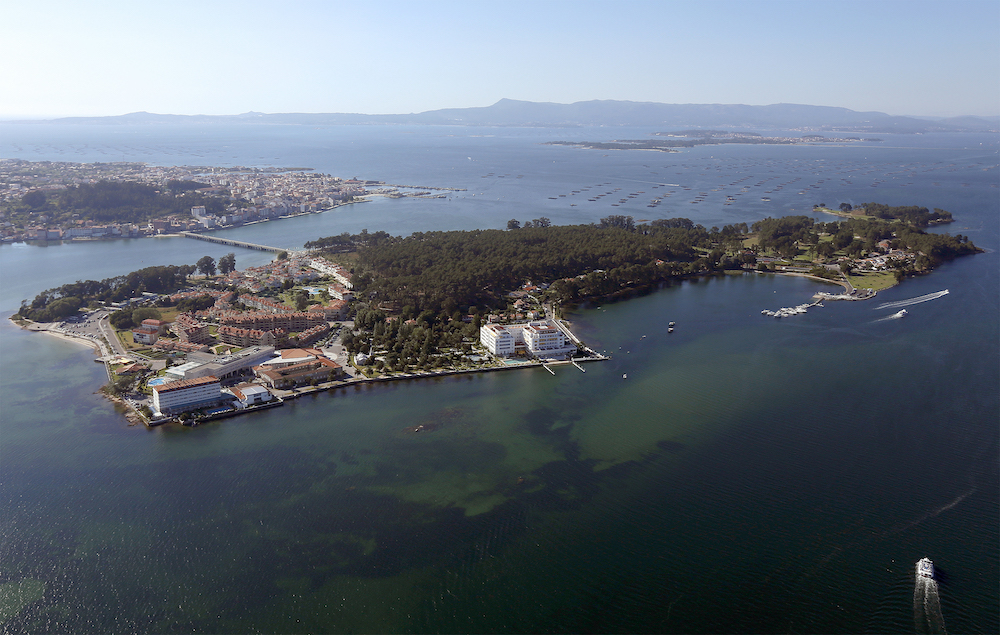
Illa da Toxa
The island is also home to Spain’s oldest casino and the Capela das Cunchas (AKA Ermita de San Sebastián), a small chapel covered entirely in thousands of pale pink scallop shells. Take a stroll along the white stuccoed seaside promenade, where you will find locals selling necklaces handmade from shells.
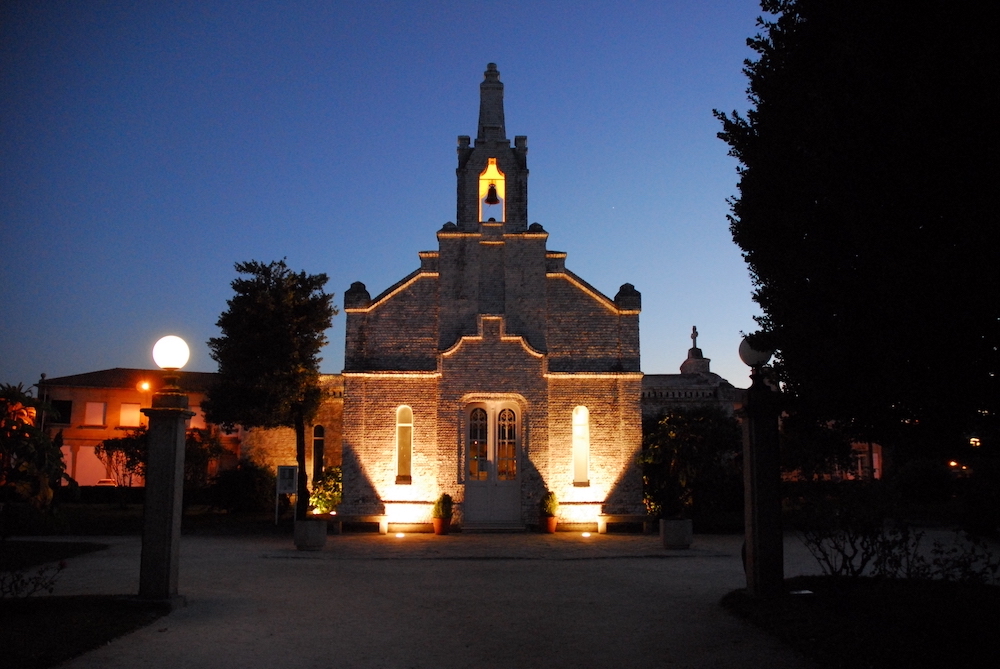
Capela das Cunchas/ Ermita de San Sebastián
Discover Mar de Frades here.
Words. Huma Humayun
Images. Courtesy of Mar de Frades












